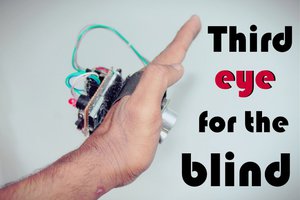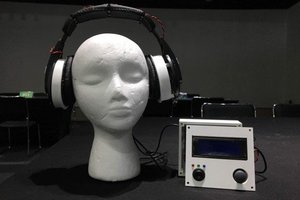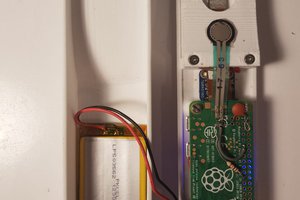The problem Kalmit is seeking to solve is twofold:
- How can you become aware that your anxiety is increasing?
- How can you be held accountable for mitigating that anxiety once you know?
Wearable devices that solve issue number 1 already exist, but are either expensive or use nothing but heart rate or possibly galvanic skin response to judge stress. They then provide ways to register your stress response so you can know what locations generate stress, and so on.
Though some of the products offer suggestions about mitigating the anxiety, none of them that we are aware of hold the wearer accountable for engaging those behaviors. Additionally, none of them actually detect muscle tension.
Kalmit will seek to operate in this space, providing a low-cost option for people with anxiety that will help train them to recognize and mitigate their own anxiety. It will have the following sensors:
- Heart rate
- Galvanic skin response
- EMG sensors connected through bluetooth to the device
- Microphone
- Motion?
It will have a USB port as the primary charging port. It may also have a vibration motor. The user interface on the device itself will consist of a single multi-color LED. All other interaction with the device and its additional sensors will happen through the phone app.
The intent of the device is to detect anxiety through the sensors, and then alert the wearer. From that point, the device expects the user to engage in a behavior to mitigate the anxiety - the primary technique for this will be expecting the user to snap a rubber band against their wrist, which will be detected via audio. Optional methods will include meditation (possibly detecting prolonged lack of motion), or engaging with the device's prompts for timing breaths.
 Arthur Doler
Arthur Doler
 Muhammed Azhar
Muhammed Azhar

